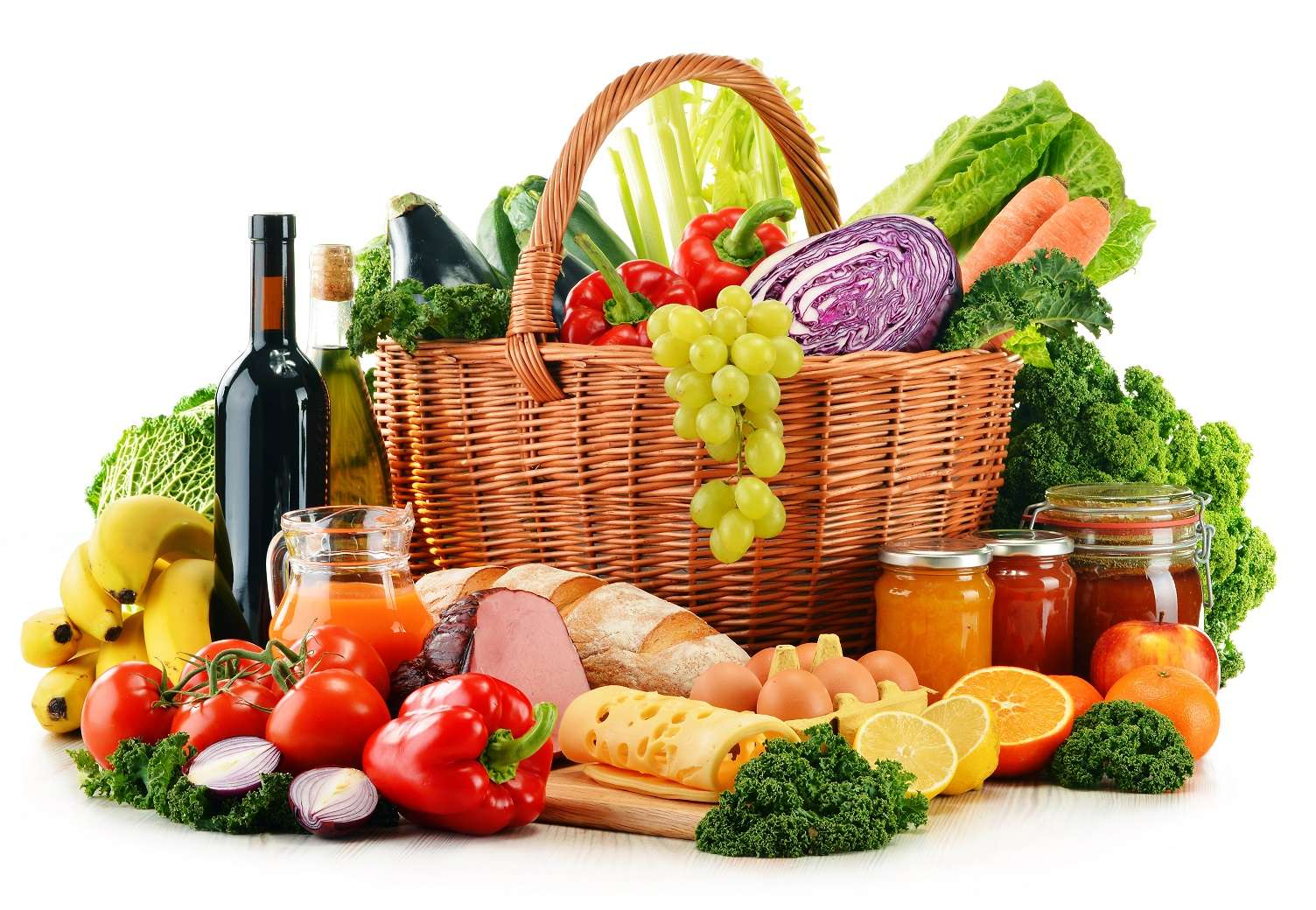The Scandinavian foodservice industry is a vibrant and diverse sector, reflecting the region’s rich culinary traditions and commitment to sustainability. This report provides an overview of the current state of the industry in Denmark, Sweden, Norway, and Finland, including market size, key segments, major players, and emerging trends. It also examines the impact of factors such as changing consumer preferences, economic conditions, and technological advancements on the industry’s growth prospects.
Industry Overview
Market Size and Growth
The Scandinavian foodservice industry encompasses a wide range of establishments, including restaurants, cafés, bars, and catering services. While precise market size data can vary by country, the industry is significant in terms of revenue generation and employment opportunities. Despite challenges posed by the COVID-19 pandemic, the industry has shown resilience, with gradual recovery observed in recent years. Scandinavians have a strong dining-out culture, with a preference for high-quality, locally sourced ingredients and innovative cuisine.
Key Segments
- Full-Service Restaurants: Traditional sit-down dining establishments offering a variety of cuisines and dining experiences.
- Quick-Service Restaurants (QSRs): Fast-food chains and casual dining outlets providing convenient and affordable options for on-the-go consumers.
- Cafés and Coffee Shops: With a strong coffee culture in Scandinavia, cafés and coffee shops are popular gathering places for socializing and relaxation.
- Pubs and Bars: Scandinavian pubs and bars serve as social hubs, offering a wide range of drinks, snacks, and entertainment options.
- Food Delivery Services: The rise of food delivery apps has transformed the industry, allowing consumers to order from a wide selection of restaurants and eateries for home delivery or takeaway.
Trends and Drivers
Sustainability and Health
- Focus on Local and Organic: Consumers in Scandinavia prioritize sustainability and environmental responsibility, driving demand for locally sourced and organic ingredients.
- Healthy Dining Options: There is a growing demand for healthy and nutritious menu options, including plant-based and vegetarian dishes.
Digital Transformation
- Online Ordering and Delivery: The adoption of digital platforms for ordering and delivery has reshaped consumer behavior and created new opportunities for businesses.
- Contactless Payment and Ordering: The COVID-19 pandemic has accelerated the adoption of contactless technology, driven by hygiene concerns and convenience.
Culinary Innovation
- Nordic Cuisine: Scandinavian chefs are gaining international recognition for their innovative interpretations of Nordic cuisine, emphasizing seasonal and locally sourced ingredients.
- Food Tourism: Culinary tourism is on the rise, with visitors seeking authentic Scandinavian dining experiences and traditional specialties.
Challenges
Economic Uncertainties
- Economic uncertainties, including fluctuating currency values and inflation rates, can impact consumer spending and business operations in the region.
Regulatory Compliance
- Compliance with food safety regulations, labor laws, and environmental standards adds complexity and costs for foodservice businesses operating in Scandinavia.
Competition
- The industry is highly competitive, with both local and international chains vying for market share, leading to price wars and pressure on profit margins.
Future Outlook
Innovation and Adaptation
- Businesses that innovate and adapt to changing consumer preferences, embrace technology, and prioritize sustainability are likely to thrive in the evolving market landscape.
Regional Integration
- Cross-border collaboration and partnerships within Scandinavia offer opportunities for expansion and diversification, enabling companies to tap into new markets and revenue streams.
Culinary Tourism
- The promotion of Scandinavian cuisine and food tourism presents opportunities for businesses to attract visitors and showcase the region’s culinary heritage and innovation.
Conclusion
The Scandinavian foodservice industry is poised for growth and innovation, driven by factors such as sustainability, health consciousness, and culinary creativity. By embracing digital transformation, prioritizing sustainability, and catering to evolving consumer preferences, foodservice businesses in Scandinavia can navigate challenges and capitalize on emerging opportunities to thrive in the dynamic and competitive market.
Related: UK Foodservice Industry Report



